Reviews 13 min read
Vauxhall Mokka-e: A design and tech leap ahead of its predecessor
Vauxhall’s second generation of its compact bestseller is now capable of zero emission electric driving. We test out the new Mokka-e, the start of a new direction for the British brand.
Discover EV expert verdict...
- Competitive range and quick recharging times
- Bold, unique styling inside and out
- Impressive amounts of decent tech
- Some similar priced rivals have more range
- Not as roomy as other small SUVs
- Not very fun to drive
Overview
As Britain’s oldest-surviving car brand, Vauxhall has been on our roads for 117 years now. And just as its very first model pushed the technology envelope – with the 5hp Light Car’s chassis integrated into the lower part of its body as a steel structure rather than relying on heavy ladder frames to underpin it like so many of its rivals – it’s latest is said to do the same. There might be a 12 decade age gap but Vauxhall say leading technology is common to both, with the Mokka-e boasting a raft of innovative safety and convenience features new to many drivers in this price sector. However, with a ten grand price difference compared to its petrol counterpart, is it enough to tempt fans of the griffin to go green?
Driving
Using the same set-up as the Peugeot e-2008 and DS 3 Crossback E Tense, the Mokka-e features a 50kWh battery and 134bhp electric motor to produce 192lb-ft of torque, which will get it up to 60mph in 8.7 seconds before reaching a top speed of 93mph. There are three driving modes, Normal, Eco and Sport, with each one altering the throttle and steering response as well as adjusting the power and torque. Sport unlocks all of the motors performance, while in Eco power and torque is limited to 79bhp and 133lb-ft to maximise vehicle range, and Normal offers a bit more, delivering 106bhp and 162lb-ft respectively.
Like all manufacturers, Vauxhall made certain that their latest EV underwent months of rigorous testing. After initial laboratory and road assessments in varying conditions, the Mokka-e underwent two final phases to develop the chassis, electronics and suspension. The wintery conditions of Lapland were used to fine tune the ABS, ESP and driver assistance systems to make sure the Mokka-e is stable and responsive, even in times of low grip levels as well as ensuring the durability of the electrical systems in extremely cold temperatures, while the ride stability, comfort and interior acoustics were put through their paces at Vauxhall’s test centre near Rüsselsheim, Germany. A series of tracks replicating harsh road surfaces and slippery driving conditions were used to adjust the steering response and ride control and to eliminate any rattles or squeaks, and the high-speed circuit was used to ensure optimal braking and steering performance.
The latest Mokka is based on a new version of the company's lightweight and efficient Common Modular Platform, which allows the use of a purely battery-electric drive as well as internal combustion engines. The engineering team has worked on significant weight reduction – saving up to 120kg vs the previous generation, and enhancing the body stiffness – gaining up to 30% torsional stiffness in the case of the electric version with its low-mounted, integrated battery structure. As a result it’s much more responsive and agile to drive compared its predecessor, but it's not the best drive in this segment.
At slow speeds the steering is well-assisted and light, perfect in a tight town centre or a car park, and then firms up nicely as you start to gather speed, even so it could do with being more communicative. It pitches and rolls in the corners – but nothing unexpected for a small SUV in that you expect a degree of suspension travel. The ride could do with being a tad stiffer but as a result it’s a quiet (there’s little wind or road noise) and relaxing cruiser on the motorway, and does a good job of soaking up ruts and bumps. With all of the torque immediately available from a standing start, it’s fast to react at low speeds but it does run out of puff once you reach around 50mph. B-mode allows for extra deceleration through energy recuperation, but it doesn’t facilitate one pedal braking, and when it comes to stopping the traditional way, the brake pedal travel is excessive, and when it does engage it bites too hard. We really like the high seating position offering decent visibility to the front and sides, although the small rear window obstructs visibility somewhat.
Range and running costs
On paper, the all-new Mokka-e is capable of up to 201 miles from a single charge – over our week with it, it showed 195 miles after being fully juiced and we managed around 160 miles on a mixture of roads. It comes with a standard 11kW on-board charger and supports up to 100kW rapid DC charging, meaning an 80 per cent charge takes just 30 minutes. Through a domestic 7kW wall box, a 0-100 per cent charge will take 7 hours 30 minutes, while a full charge through a 22kW public charger will take just over five hours. Through the MyVauxhall app, or via the centre console, drivers can schedule delayed charging, taking advantage of lower electricity tariffs during off-peak hours. It’s worth noting the battery is covered by an eight-year warranty.
If you’re not bothered about passenger space or range, there are quite a few cheaper options than the Vauxhall, such as the Honda E, Mazda MX-30, MINI Electric and Fiat 500, although the entry-level VW ID.3 with a 45kWh battery offers the best compromise and the larger Kia 39kWh e-Niro '2' and Peugeot e-2008 are also worthy contenders similarly beating the Mokka-e on price – even if only by a few hundred quid.
You may also want to consider the Mokka-e is predicted to suffer from heavier depreciation than a lot of its rivals, but that won’t matter to company car drivers, who can make savings from the low benefit-in-kind (BIK) tax rates over the next few years, as well as the cost of electricity versus petrol or diesel. If you do opt for the Vauxhall, you’ll be more than happy with the entry-level model (as per our test car) which boasts a number of driver aids that until recently have only been available in premium vehicle segments, including automatic emergency city braking, cruise control, speed limiter, forward collision alert, speed sign recognition, driver drowsiness alert, and lane departure warning with lane keeping assist. You also get 16 inch silver alloy wheels, chrome-effect upper window moulding, flat bottomed leather-covered steering wheel, automatic anti-dazzle rear-view mirror and lighting control with tunnel detection, electronic climate control, sports switch with engine sound, rear parking distance sensors, panoramic rear-view camera, electrically foldable/adjustable/heated door mirrors, rain-sensitive windscreen wipers, remote control ultrasonic security alarm system and keyless start.
Design
There’s no denying it, the new Mokka features a bold new design language – and we’re big fans. The two most important elements are what the German designers, led by Mark Adams, call the ‘Vizor’ and the ‘Pure Panel’ and will be a key features on all future Vauxhall models. The first characterises the front end with a grille that includes headlamps, LED daytime running lights and a new Griffin emblem reminding us ever so slightly of a Dodge Challenger (no bad thing in our eyes). The second, inspired by the same philosophy of simplicity, distinguishes the interior: an elongated dashboard integrating two wide screens, helping to reduce the need for multiple controls. It feels really upmarket and is definitely a step in the right direction for the brand.
Shorter and wider than before, the new Mokka stays true to the proportions and key design elements of the GTX Experimental concept car, first shown in 2018 and introduces a completely new style to the B-SUV segment. The new Mokka is 124mm shorter and 10mm wider compared to the previous model, while the wheelbase has been increased by 2mm. The shorter profile and flowing body surfaces not only help to give the new Mokka a sporty and dynamic stance but it’s also an aerodynamically efficient design. In fact, with a drag coefficient of just 0.32, it’s among the best in its segment and cuts drag at motorway speeds by up to 16 per cent compared to the previous model.
At the rear, the new Mokka nameplate is stretched boldly across the rear of the vehicle, with the short rear overhang complemented by very thin stretched LED lights. There’s a range of striking new colours, and a combination of contrasting roof and bonnet hues for a more personalised look. Aside from a few ‘e’ badges, a charging port instead of a fuel filler and the absence of tailpipes, it looks identical to the regular Mokka.
Going back to that integrated display inside, it is available in two formats, depending on trim level. The entry level model features a 7 inch digital instrument panel and central touch screen which increase to 12 and 10 inches respectively in the other versions. They are tilted towards the driver (with the air vents pushed to the background to enhance a focused experience) and provide the most important information for the driver devoid of any irritating visual stimuli. It’s worth noting the temperature is displayed either side of the screen so the whole thing is never utilised, which seems like a bit of a backwards move. The design of the centre console has been impressively cleaned up thanks to the electronic parking brake and new electric gear lever, while all buttons for essential functions are elegantly integrated and avoid the driver getting distracted by having to explore into on-screen sub-menus. It’s just a shame the software is laggy and the system itself is fairly basic.
Except for the few cheap, scratchy plastics on the doors and some parts of the centre console, overall the cabin is very smart looking, well put together and the designers have very obviously spent time on it – from the ergonomics to the design details with all the red accents and carbon fibre effect trims. Unfortunately its sporty looks belie the experience behind the wheel, and the term ‘style over substance’ springs to mind.
Comfort and practicality
Despite the smaller dimensions, boot capacity remains nearly identical to the previous Mokka iteration – with the rear seats up there’s 350 litres of boot space, enough for a couple of suitcases or a big weekly shopping but it’s not quite as big as the Nissan LEAF, Volkswagen ID.3 or even Renault ZOE, or 1105 litres with them folded. On the downside, the rear door apertures are really small for getting car seats in and out and the sloping roofline restricts headroom, while the centre console intrudes into leg space for the middle passenger. In terms of comfort, the seats are way too firm and while there’s good adjustment my 6ft 3inch husband found it very difficult to get comfortable and still see the instruments through the steering wheel, although it’s way better than the Peugeot e-2008 and its awkward iCockpit set-up.
There’s a reasonable amount of storage space, featuring a well-sized glovebox, door bins, two cup holders in the centre console and a large storage tray at the bottom of the dash which is where you’ll find the wireless charging pad on the Launch Edition model. There's storage under the boot floor as well for your charging cables.
All models come standard with Apple CarPlay and Android Auto, and the easy-to-use multimedia system also features Bluetooth connectivity, DAB radio, hands-free calls via the steering wheel, and SMS read out and reply functionality, as well as satellite navigation with 2D and 3D street level mapping and live traffic updates together with Vauxhall Connect which can assist in organising a breakdown recovery service or alerting the emergency services, as well as access remote functions such as locking and unlocking the car or pre-condition the cabin. On the all-electric models, drivers can view the current charge status, configure delayed charging times and plan routes.
The Mokka-e is available in SE Nav Premium, SRi Nav Premium, Elite Nav Premium and Launch Edition trim levels. We’ve covered the highlights from the entry-level version in the 'range and running costs' section, the sporty SRi model adds 18 inch wheels with red detailing to match the upper window accent, a black roof, Griffin logo, Vizor frame and front/rear skid plates, dark tinted rear windows, LED front fog lights, front centre armrest with storage, two rear USB connections, storage pockets on front seat backs, heated steering wheel and front seats, alloy sports pedals, black headliner, Multimedia Navi Pro, side blind spot alert, front parking distance sensors and keyless entry. Moving up to Elite Nav Premium adds 17 inch alloy wheels, chrome-effect front/rear skid plates while Launch Edition models come with 18 inch bi-colour alloy wheels, advanced park assist, first in segment IntelliLux LED® Matrix headlights (made up of 14 individual LED elements and connected to a camera-control unit that allows it to react to both traffic and weather conditions and adjusts the lighting to suit variable light conditions), automatic headlight levelling system, leather upholstery and massage functionality for driver’s seat.
Verdict
The Vauxhall Mokka-e finds itself in an increasingly crowded and competitive B-SUV sector, which currently accounts for 14 per cent of all new car registrations. Yes, it offers sharp looks, a decent range, generous amount of standard kit and a comfy ride, but it is rubbing shoulders among the likes of well-established rivals which are far more spacious and will go much farther on a charge (Kia e-Niro, Hyundai Kona Electric and VW ID.3), not to mention electric cars that cost less (MG ZS EV) and offer greater driver appeal (Mazda MX-30).
It may not be the EV that ticks every box but it is good enough at all the every day stuff and if you’re after a stylish electric runabout for you and your small family, then the Mokka-e should be on your list of worthy contenders.
And don't forget, if you do like this make and model of car you just read about, you could secure a discount if you use our partner e-car leasing service using the code DEV-ECAR.
Key Specs
2021 Vauxhall Mokka-e Sri Nav Premium 11kW
Price after PICG (RRP OTR): From £30,840, £32,755 (model as tested)
Top speed: 93mph
0-60mph: 8.7 seconds
Power: 134bhp
Torque: 192lb-ft
Driving range (combined): 201 miles
Charging time: 7h 35 min (7kW, 0-100%), 5h 05 min (22kW, 15–80%), 45 min (50kW, 15-80%), 30 min (100kW, 15-80%)
Insurance group: 22E
Vehicle warranty: 3 years (unlimited mileage for first 12 months and subject to a total mileage limit of 60,000 miles from first registration)
Battery warranty: 8 years / 100,000 miles / 70% capacity
Update 20.12.21: In response to the government reducing the scope of the plug-in car grant so it now only applies to cars under £32,000, Vauxhall has slashed £3000 off the price of its entire Mokka-e range. This means that all trim levels can now be purchased for less than that all-important £32,000 figure, therefore qualifying for the (also reduced) £1500 grant. On the road prices including the PiCG are now as follows: SE - £29,365, SRi - £30,435, Elite - £30,080, Ultimate - £30,495.

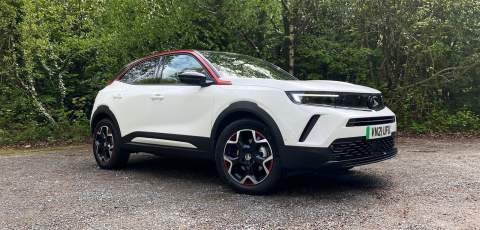


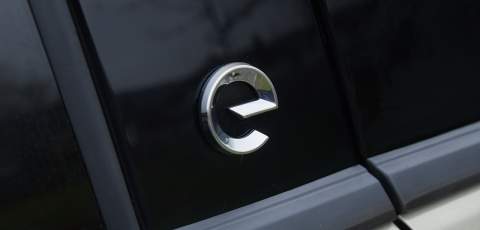
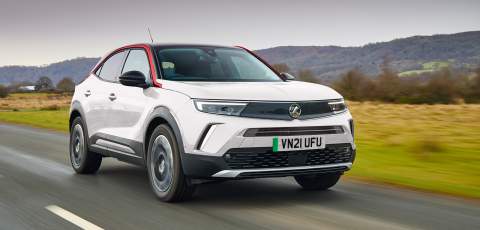
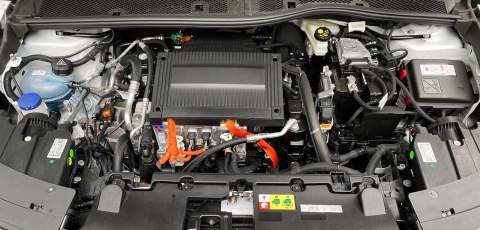
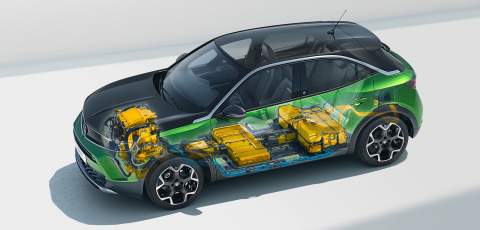
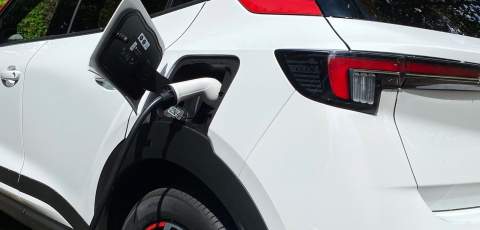
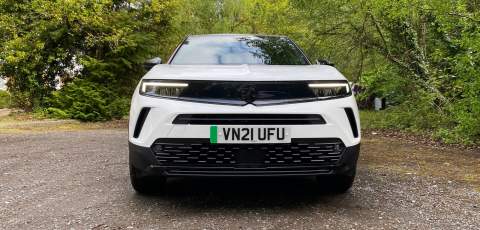
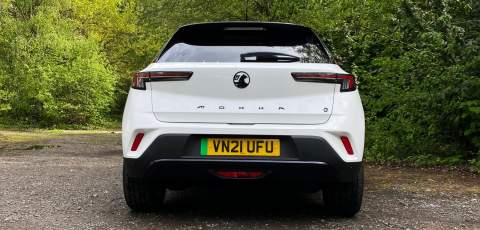
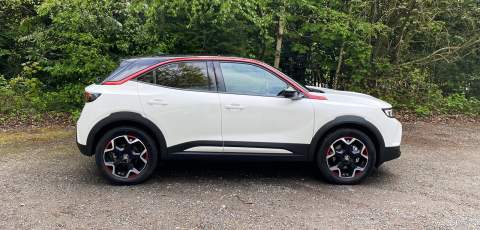
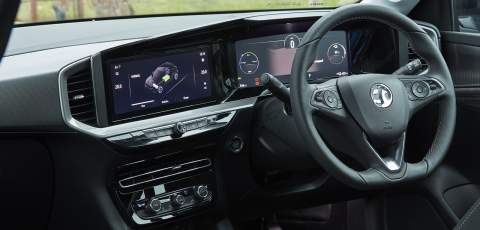
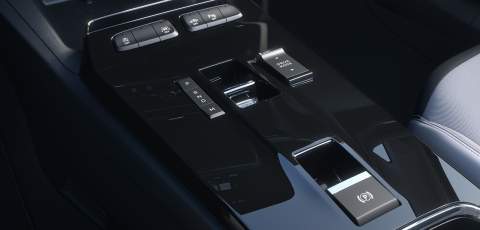
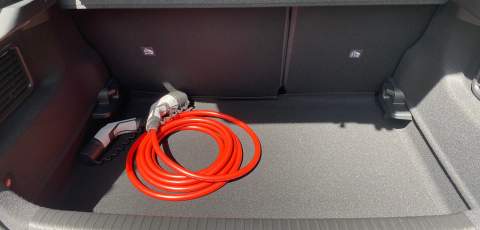
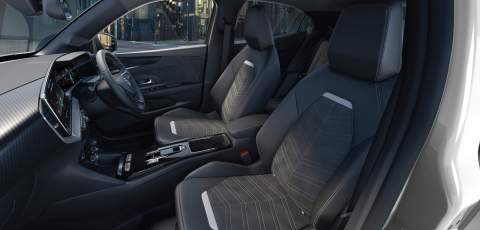
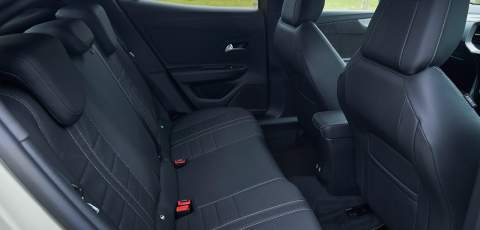
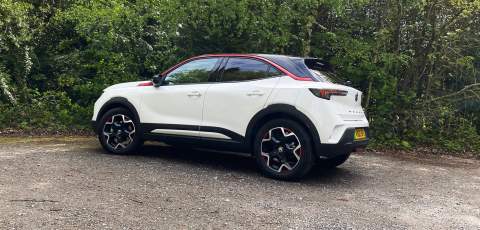

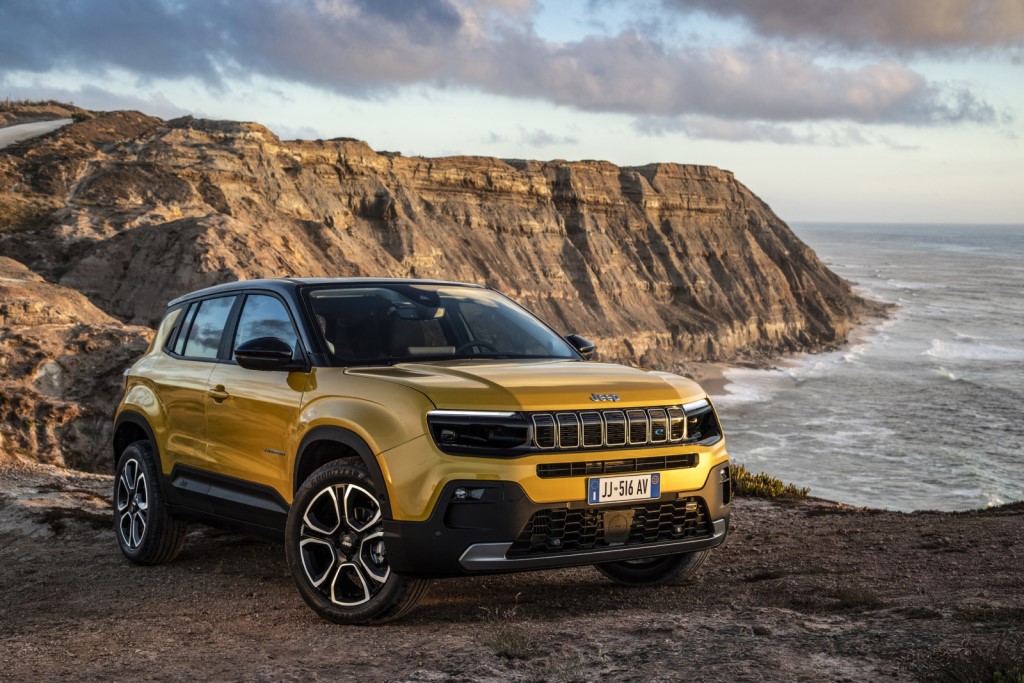
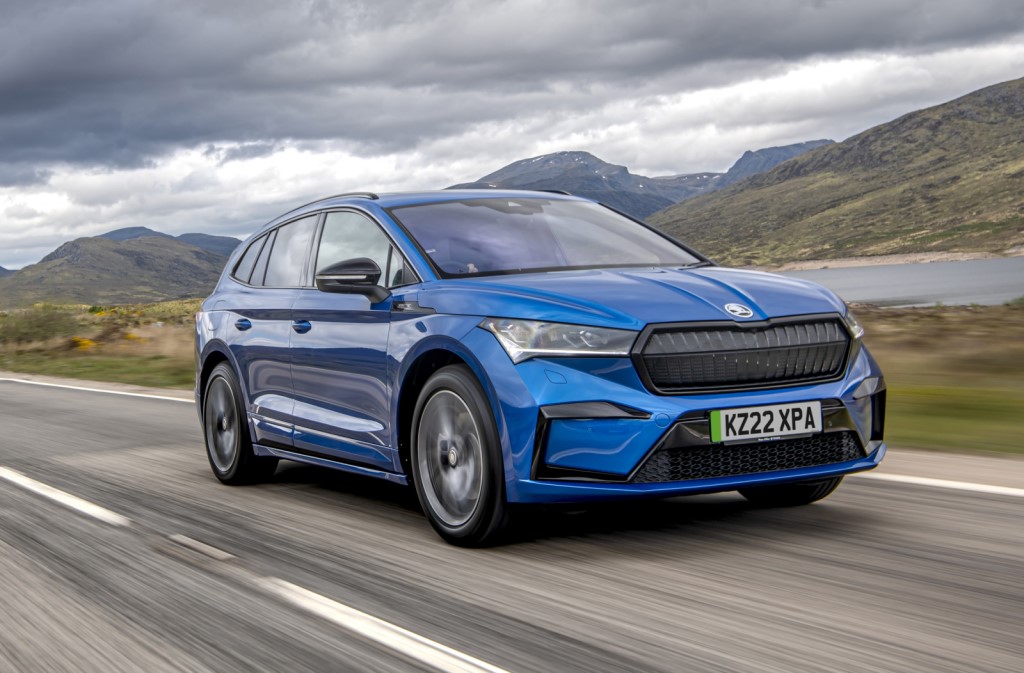
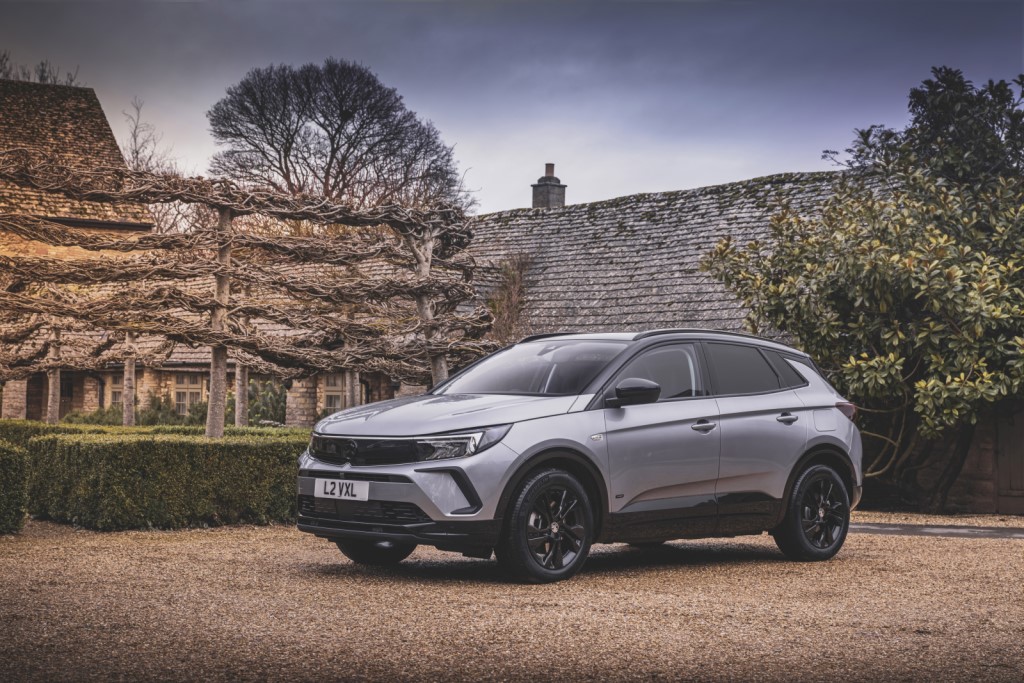
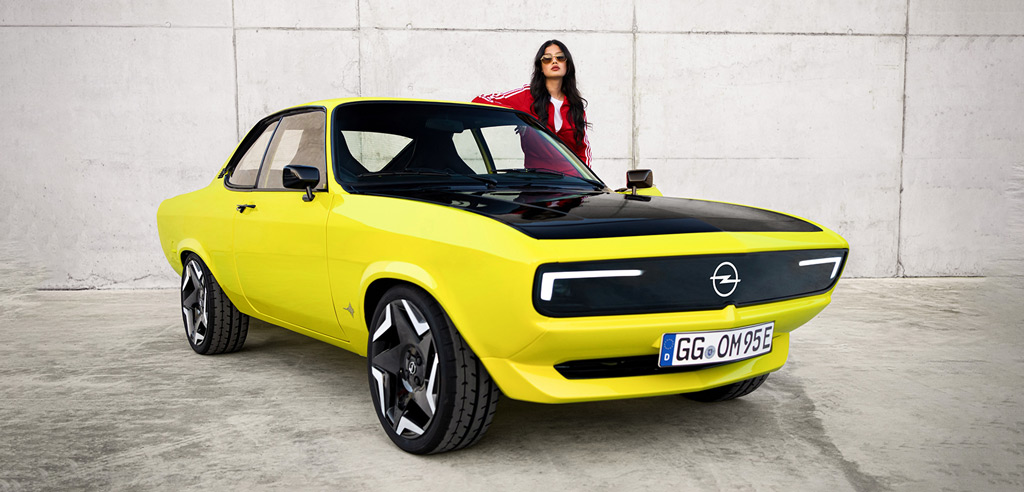
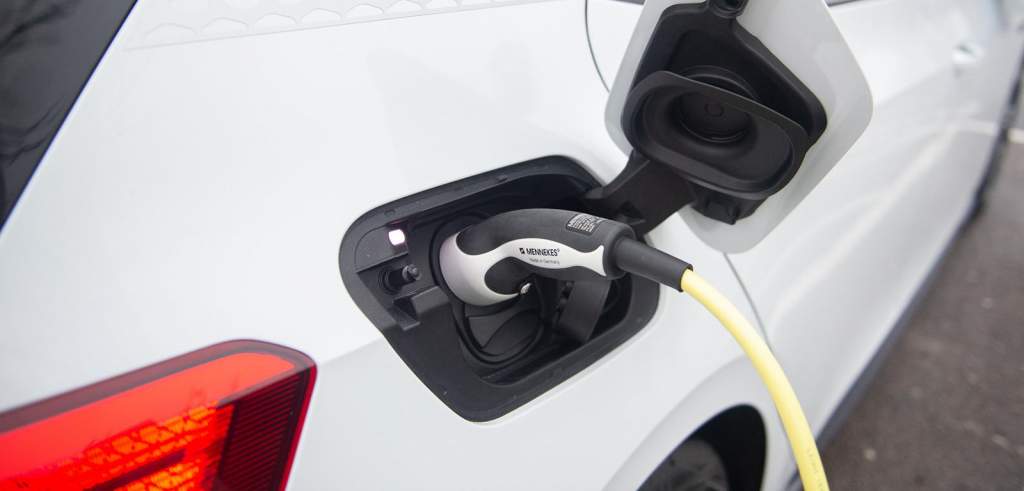
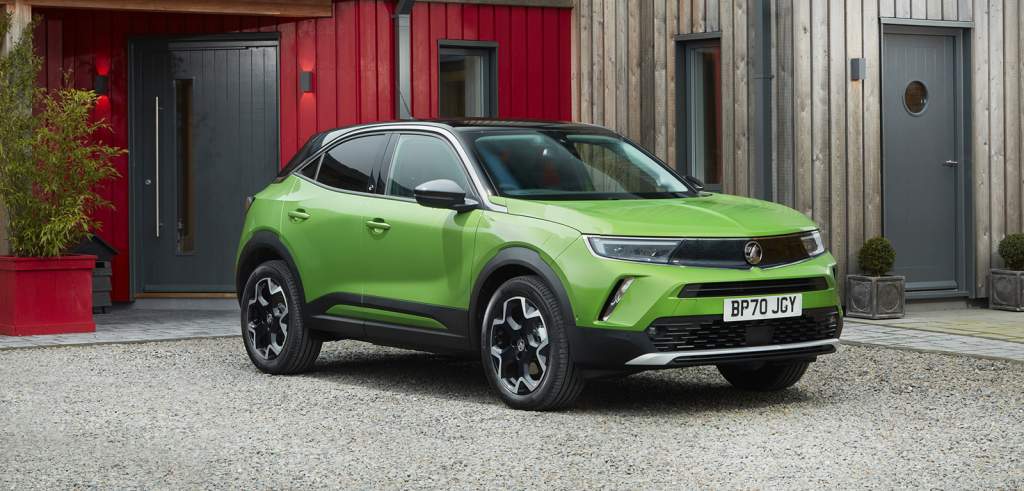

Comments (0)
Be the first to write a comment
Login/ Signup